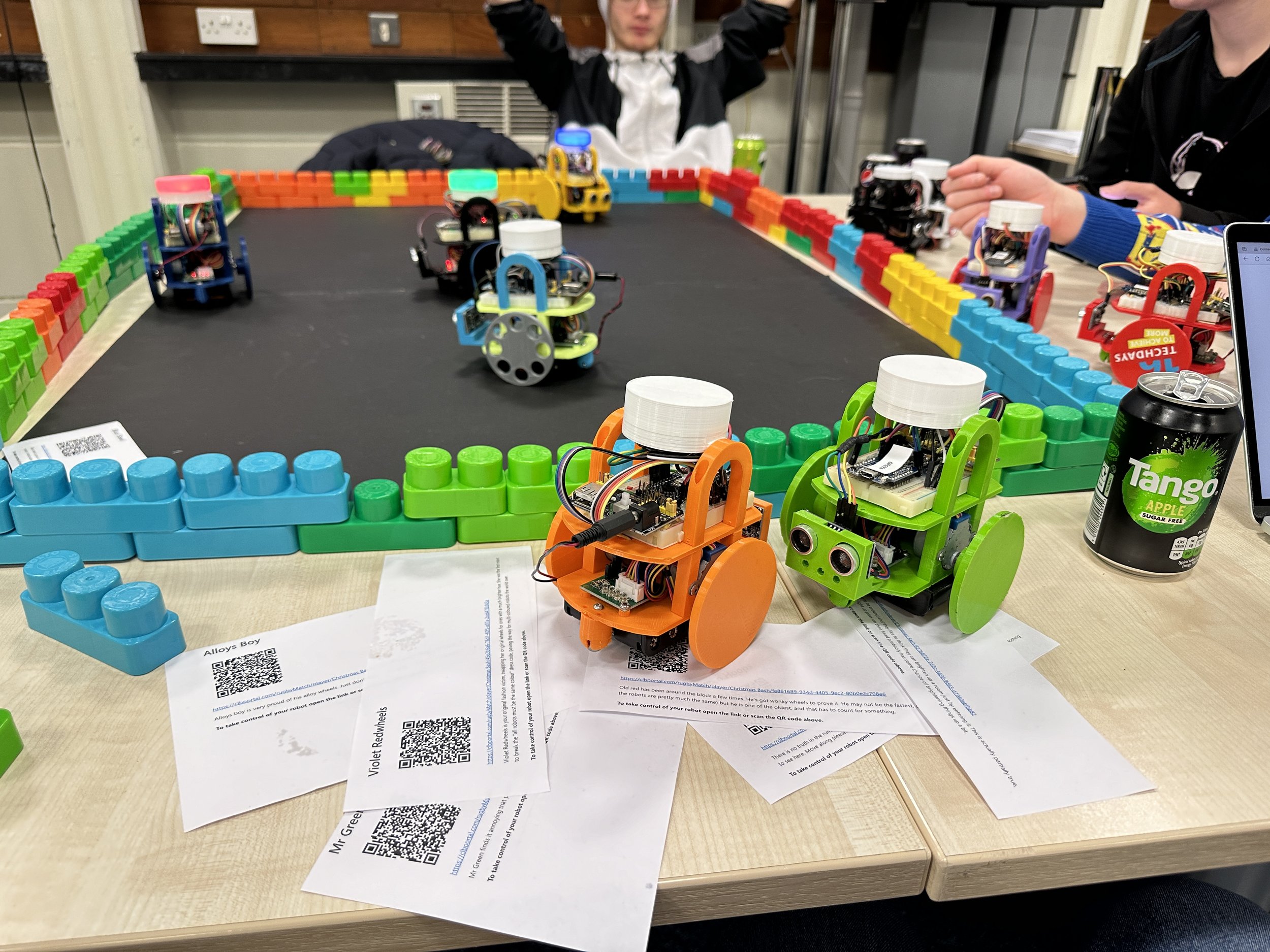Super Pentax ME Super
/Should really have cleared up the marks on the negative
Today I developed the first film from my “super cheap broken Pentax”. The pictures game out great, including some of the family.
The camera even managed to pull some detail out of the foreground
If you are thinking of doing some film photography you could do a lot worse than pick up a cheap old Pentax like the ME super and run a film through it. These things were made a long time ago, but they are pretty hard to break. Some film SLRs (for example the Pentax K1000) sell for silly high prices, but you can pick up a Pentax ME Super for less than the price of a video game. Not because it is a particularly bad camera, but because it is less fashionable to be seen with. You get automatic exposure and a nice pocketable form factor. And if it breaks you can sell the bits.


















